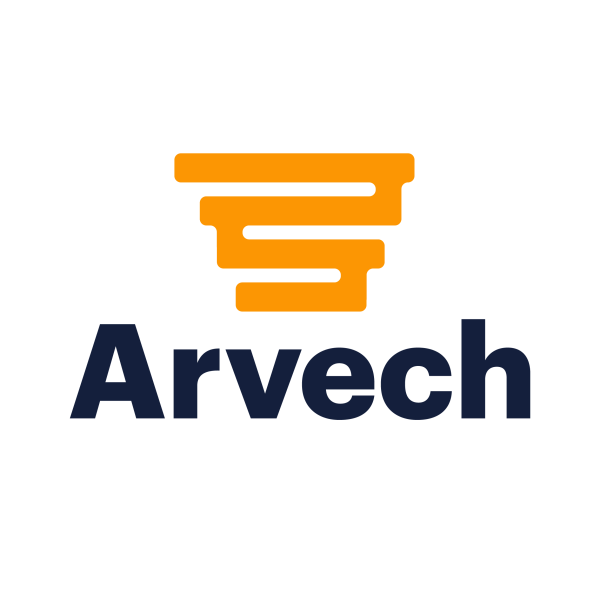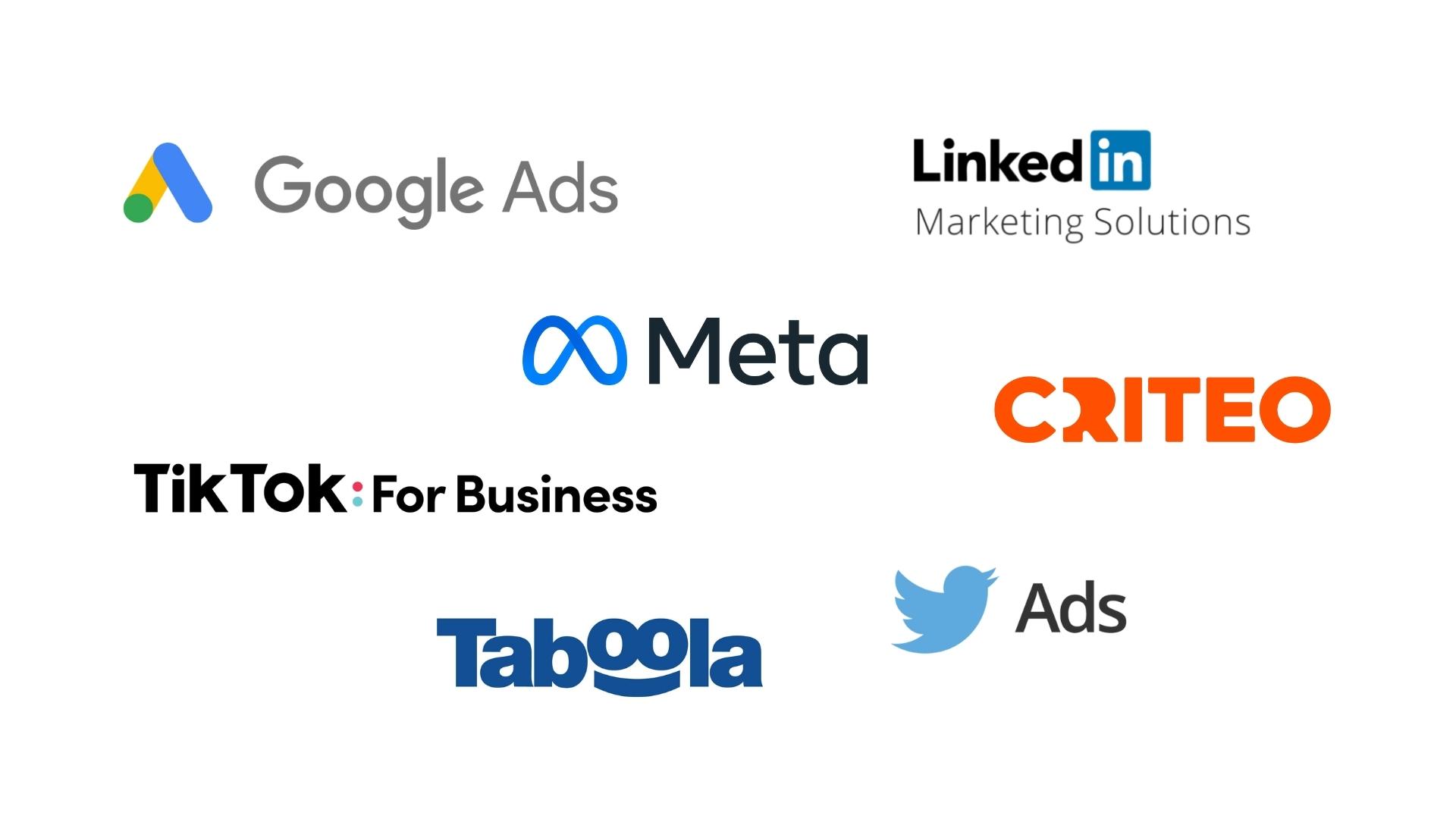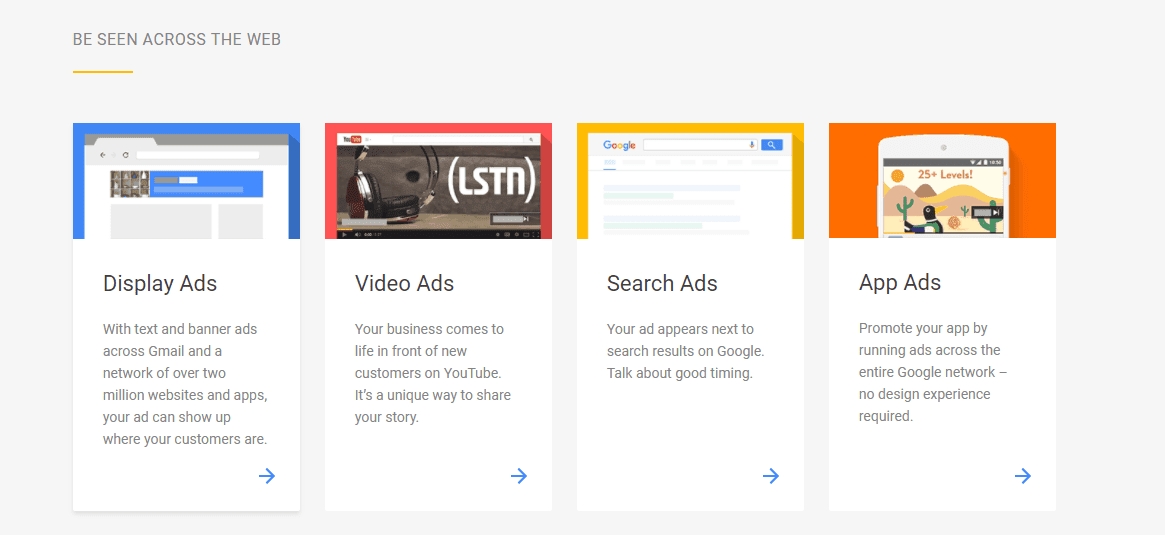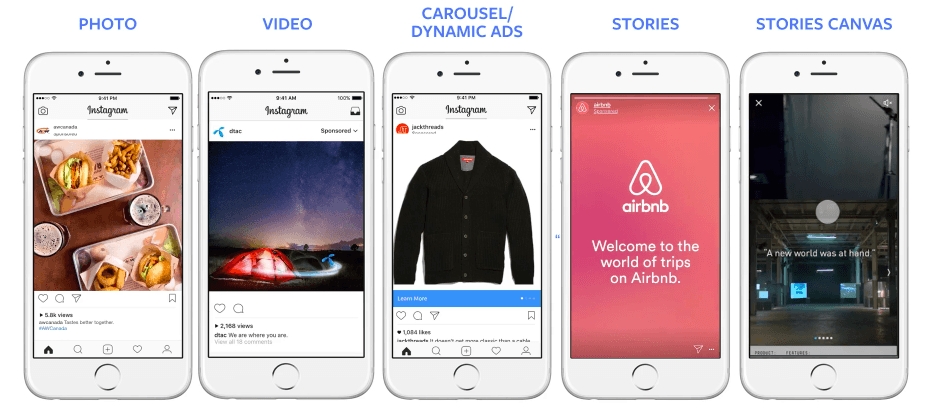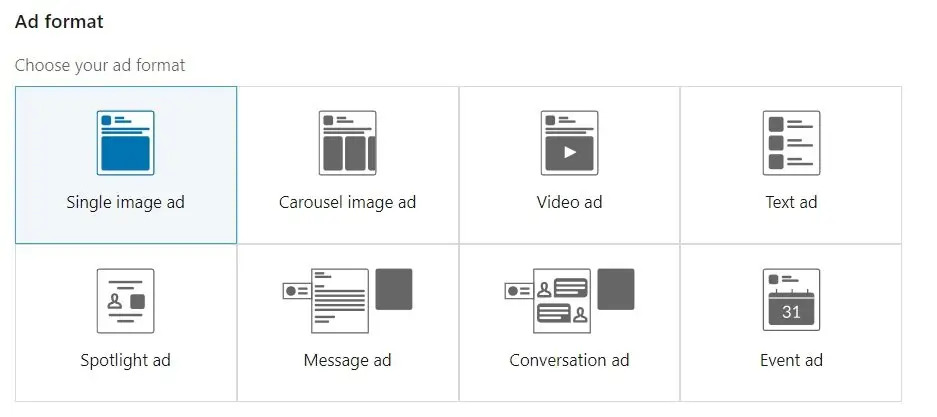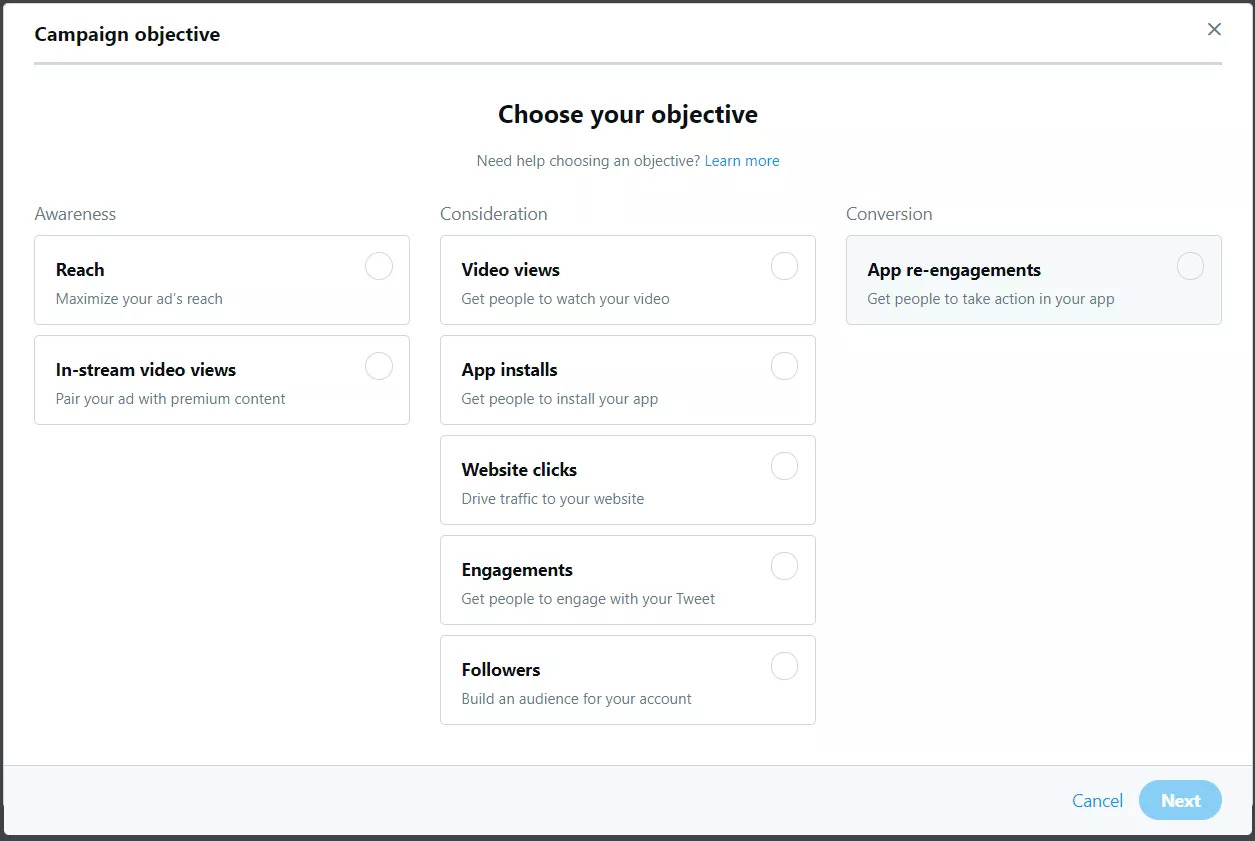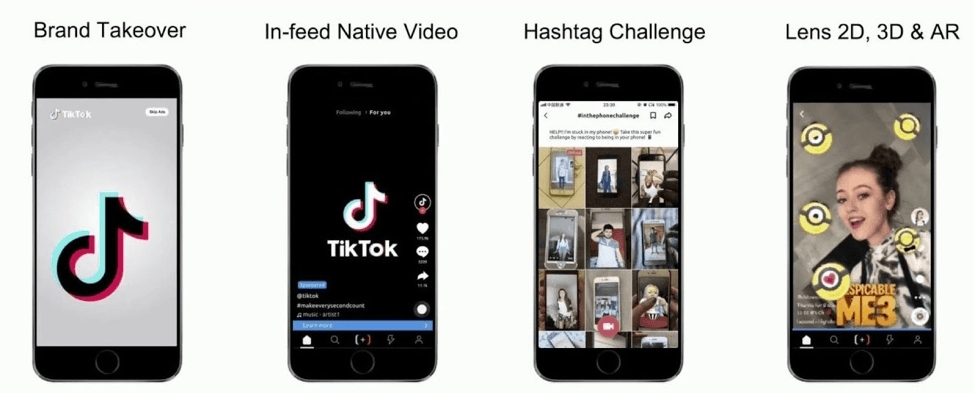What is Performance Marketing?
Growth marketing studies that feedback with measurable results are called performance marketing, but today the term performance marketing is generally used to describe all advertising activities through digital channels and media. Performance marketing is one of the most effective areas of growth marketing and plays a critical role in growth marketing.
Advantages of Performance Marketing
Performance marketing studies can be carried out for many purposes. You can benefit from performance marketing activities in terms of reaching potential customers, attracting them to your website, and converting them into customers. In this way, you can increase your brand awareness, bring relevant traffic to your website, gain followers for your social media accounts, collect information from your potential customers, increase your sales or download your mobile application. Apart from these, it is very important to make performance marketing studies, which can be carried out for many different purposes, completely measurable. It is very important to make the right technical setups for the measurement of the basic action that we want the users interested in ads to do, called conversion. In this way, various metrics such as how many conversions have occurred and how much budget has been spent for a conversion can be analyzed. With these analyzes, it can be determined whether performance marketing studies are scalable or not, and the budget and effort in this area can be increased or decreased.
Top Performance Marketing Channels
Performance marketing studies can be carried out in many different digital channels. Each digital channel also has its own unique algorithms, targeting, and advertising types. When deciding which digital channel to perform performance marketing, criteria such as your target audience, budget, type of advertisement you prefer, and the advertisement images you want to use can guide you. For this reason, it is very important to know the digital channels that can be advertised, their targeting capabilities, limits, and advertising models. We would like to briefly summarize the digital channels most preferred by brands in performance marketing studies below:
Google Ads
Google’s advertising channel, Google Ads (Google Ads), has the title of the digital channel with the highest budget spent for performance marketing today. You can perform search engine ad campaigns, display ad campaigns, YouTube video ad campaigns, app install campaigns, shopping campaigns, and Gmail interface ad campaigns through Google.
With search ad campaigns, your conversion may be much higher with the right strategies, as you will come across people who are especially interested in the search terms or queries that you will determine. It is also possible to publish special ads for your audiences that you have created in Google Analytics via the Google Display Network.
Meta (Facebook) Ads
With Meta, which is one of the first channels that come to mind when performance marketing is mentioned, you can publish ads on Facebook and Instagram by targeting location and interest-based criteria. You can also run ads to your Facebook and Instagram followers and similar audiences by a lookalike campaign.
Thanks to the Meta Pixel that you can add to your website, you can measure the performance of your advertising campaigns with a focus on conversion. In addition, thanks to Meta Pixel, you can be visible again with your ads to people who have visited certain pages on your website or performed actions. You can generate traffic to your website using display advertising campaigns with Meta, gain new followers for your Facebook and Instagram pages, download your applications, and direct your target audience to fill out forms. and organize shopping campaigns.
LinkedIn Ads
LinkedIn Ads is generally one of the channels that require the most budget among other digital advertising channels for performance marketing. The reason for this is that it has a much more specific targeting system than the others. With LinkedIn, you can easily achieve business-oriented targeting, such as people who work or have a job title in the companies you target.
With LinkedIn, which is especially preferred by companies engaged in B2B (Business-to-Business) marketing, you can meet your target people and direct them to your website or LinkedIn page, have them fill out a form, or send a message directly to their message boxes. You can also retarget your visitors on LinkedIn by installing a LinkedIn Insight Tag on your website.
Twitter Ads
You can set up ads in 3 main categories via Twitter Ads. These are; tweet boost ads, account boost ads, and trend boosts ads. On Twitter, you can target your audience with options such as topics, followers and the like, tweet interactors, and search words. You can gain followers, download applications, interact with your application again, bring traffic to your website, and build brand awareness with the advertisements you publish for your target audience.
TikTok
With Tiktok Ads, which is mostly preferred by companies that do B2C (Business-to-Customer) marketing, you can achieve your targeting with demographic, regional, and interest options. For performance marketing, there are different advertising formats and formats within Tiktok than in other channels. For example, with Brand Takeover, your target audience may encounter your ad as soon as they open the application, or you can encourage people to shoot videos so that the hashtag you set becomes popular with Hashtag Challenge ads, or you can advertise a filter you have prepared with filter ads. You can use Tiktok ads to create brand awareness, increase your website traffic and download your app or gain followers.
Taboola
Thanks to Taboola, a Native advertising channel, you can run ads that appear to be part of the website, called Native ads, on various websites. You can reach a much wider audience with the Taboola advertising network, which usually hosts news and forum websites. The disadvantage of native ads is that you cannot use every ad image you want. If you want to address your target audience directly in your performance marketing efforts, native ads are a little more restrictive.
Criteo
Performance marketing platform Criteo, which focuses on visual advertising and remarketing, is a well-known and frequently used channel among advertising channels. Especially in the field of e-commerce, it is used to bring the products visited by people to their front while surfing the internet.
Key Metrics Tracked in Performance Marketing
In growth marketing studies, target metrics are the values that determine the course of the whole study. The determination of whether an advertisement will continue, whether the advertisement images or advertisement texts are interesting, the contribution rate of the customers to the revenue, whether the targeting is done correctly and many other analyzes can be determined by the target metrics followed. In performance marketing studies, metrics determine all optimization, budget allocation, and planning processes of advertisements. Let’s take a closer look at the most frequently used metrics in performance marketing studies:
CTR (Click-through rate)
The click-through rate of the ads is called CTR. It is calculated by the percentage of the number of clicks to the number of impressions. With CTR, which can guide you in performance marketing studies, it can be analyzed whether the ads are shown to the right audience and whether the advertising texts or visuals are interesting. A/B tests can be made by constructing advertisements with different discourses or visuals for the same target audience, and advertising campaigns with a high CTR rate can be continued. Thus, an optimization can be performed by creating new ads similar to ads with a high CTR rate. If your CTR is low in all your tests, you may find that you are advertising to the wrong audience or search words.
CPA (Cost Per Acquisition)
The cost of performing one of the actions that do not include purchasing, such as filling out a form, becoming a member, or starting a trial version, through advertisements, is called CPA. The main goal of CPA-focused advertising activities will be to reduce CPA costs. In order to achieve this, different ad types and contents can be tested continuously.
CAC (Customer Acquisition Cost)
CAC, which is the abbreviation of the customer acquisition cost, refers to the acquisition cost of 1 customer who generates revenue through advertisements. In CAC-oriented performance marketing activities, the main target will be to reduce CAC costs and optimization actions are taken for this purpose.
CPC (Cost Per Click)
With CPC, which stands for cost-per-click, you can measure the cost of someone clicking on your ad. Although it is a general purpose to achieve low CPC in advertising studies, if you are advertising for purposes such as potential customer or customer acquisition, it would be more appropriate to evaluate CPC together with other metrics. For example, you have two ads, one with a high CPC value and one with a low CPC value. If you are getting conversions from the high CPC value ad but no conversions from the low CPC value ad, it may not be a very accurate point of view to look at the CPC value when comparing two different ads.
CPV (Cost Per View)
The CPV used in video ads represents the cost per video view. This value is taken into account after watching the videos for a certain period of time. For example, in YouTube ads placed through Google, only video ads watched for 30 seconds or more are included in the cost-per-view measurement.
CPI (Cost Per Install)
The CPI metric tracked in app install ads indicate the cost per app install.
CLV (Customer Lifetime Value)
CLV is the average total revenue you get from a customer. Although this metric is not used directly when optimizing your ads, it plays a leading role in all of your advertising strategies. Your CLV is calculated by multiplying the average number of transactions by your customers, the average transaction size, and the length of their stay as a customer.
ROAS (Return On Advertising Spend)
ROAS represents the percentage of revenue from directly your ads to your ad spend. It is one of the most important metrics in performance marketing studies. It serves to measure the performance of individual advertising campaigns. By looking at the ROAS metric, the effort of low-performing campaigns can be reduced or closed, or more efficient performance marketing channels can be determined for the target audience.
ARPU (Average Revenue Per User)
ARPU, which represents average earnings per customer, is calculated by dividing monthly recurring revenue by the number of active users. With ARPU, which is generally followed in the digital marketing of mobile applications, you can determine the spending scales of your customers from your advertising channels and optimize your campaigns accordingly.
Conversion Rate
Conversion rate is the name given to the ratio of the people who completed the intended action in the advertising work to the people who click the ad. You can perform channel-based optimizations and determine your campaign scaling strategies by comparing the conversion rates of ad campaigns carried out from different channels.
Optimization in Performance Marketing
Optimization is very important when performing your marketing campaigns. You need to make some changes in order to keep the target metric values by tracking the performance of the advertising campaigns you publish. Optimization studies can be very diverse. For example, if your ads are clicked with irrelevant searches in search engine campaigns, there may be operations such as blocking these search terms, eliminating the places where the ad is shown in video ads, closing the ads that consume too much budget, and accordingly underperforming, or determining which text should be used on the ad images by monitoring at the results of the tested ad images, and actions such as activating ads again with new visuals accordingly define the optimization studies. Otherwise, even if you have set up your ads with the right targeting and strategies, unnecessary clicks can completely consume your all budget.
Conclusion
Performance marketing is a completely metric-oriented digital marketing activity. In order for the metrics to be calculated correctly, the necessary technical setups must be done correctly at the beginning of the process. Thus, you can easily calculate information such as how many conversions you get from which of your ad campaigns, and what is the average spending amount of these conversions.
As Arvech, we first make the necessary definitions and setups for the performance marketing activities of the companies we work with, and we continue the result-oriented performance marketing activities with performance marketing funnels within the scope of the growth marketing strategy we have prepared specifically for the relevant brand. You can contact us to have a growth marketing strategy study for your company and to get consultancy and support on performance marketing in this context.
